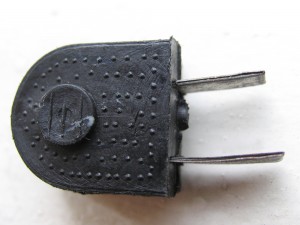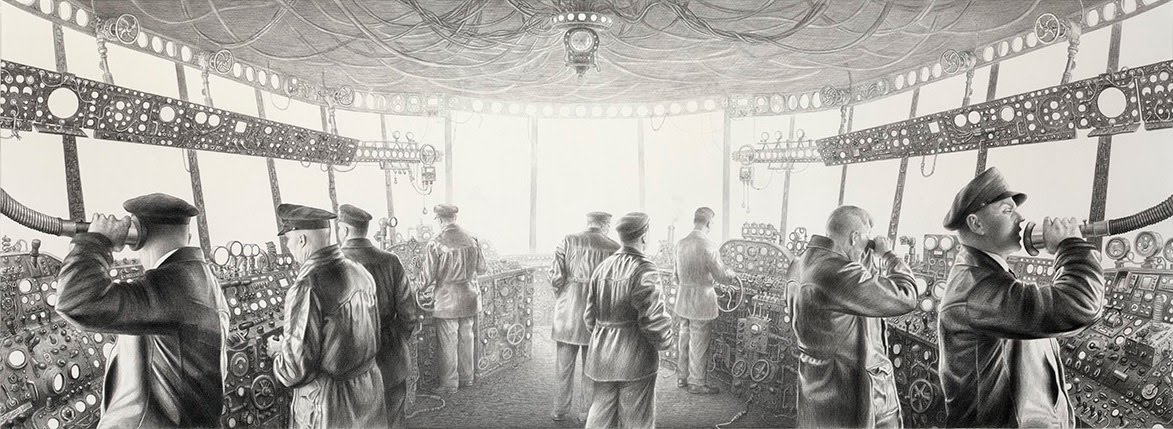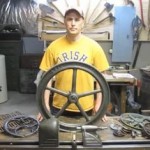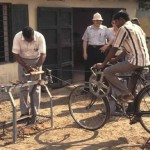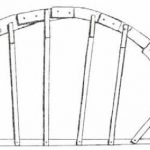“In the south of Burkina Faso, a landlocked country in west Africa, near the border with Ghana lies a small, circular village of about 1.2 hectares, called Tiébélé. This is home of the Kassena people, one of the oldest ethnic groups that had settled in the territory of Burkina Faso in the 15th century. Tiébélé is known for their amazing traditional Gourounsi architecture and elaborately decorated walls of their homes.”
“Burkina Faso is a poor country, even by West African standards, and possibly the poorest in the world. But they are culturally rich, and decorating the walls of their buildings is an important part of their cultural legacy in this area of the country. Wall decorating is always a community project done by the women and it’s a very ancient practice that dates from the sixteenth century AD.”
Read more: Decorated Mud Houses of Tiébélé, Burkina Faso. Picture (and many more pictures): Rita Willaert.

